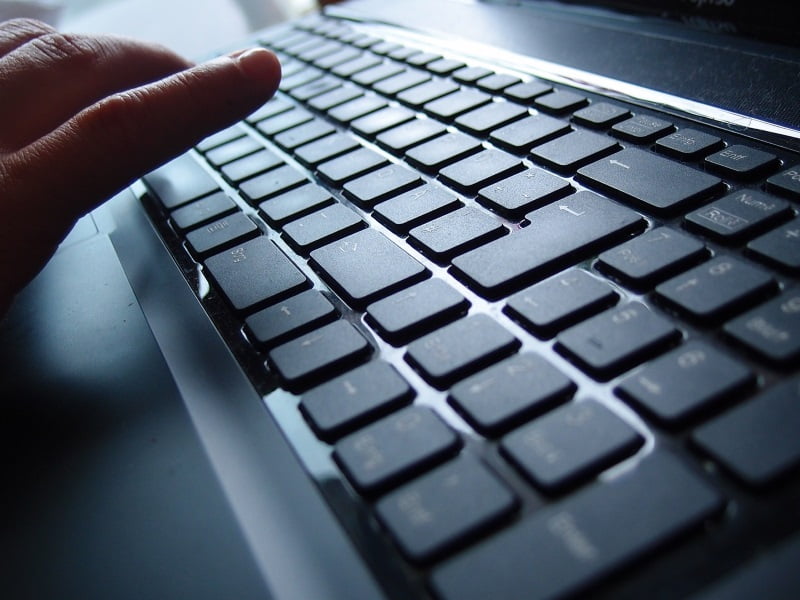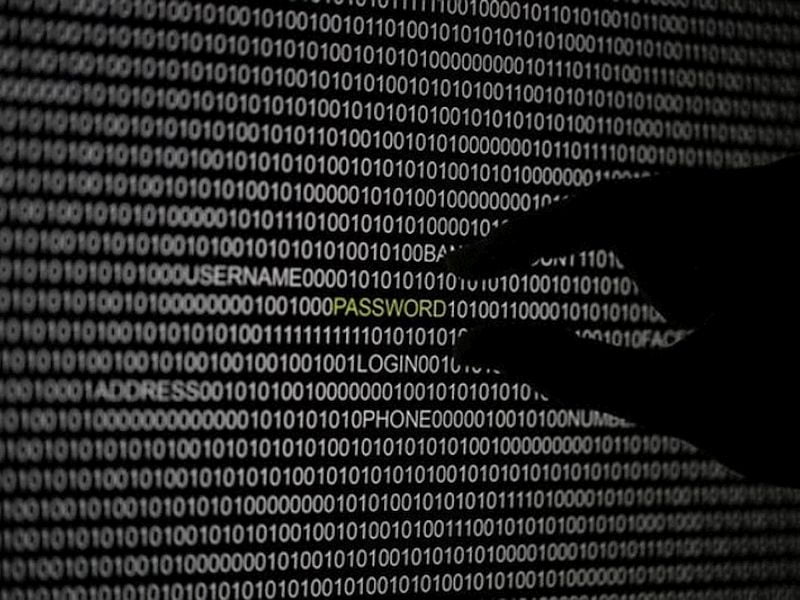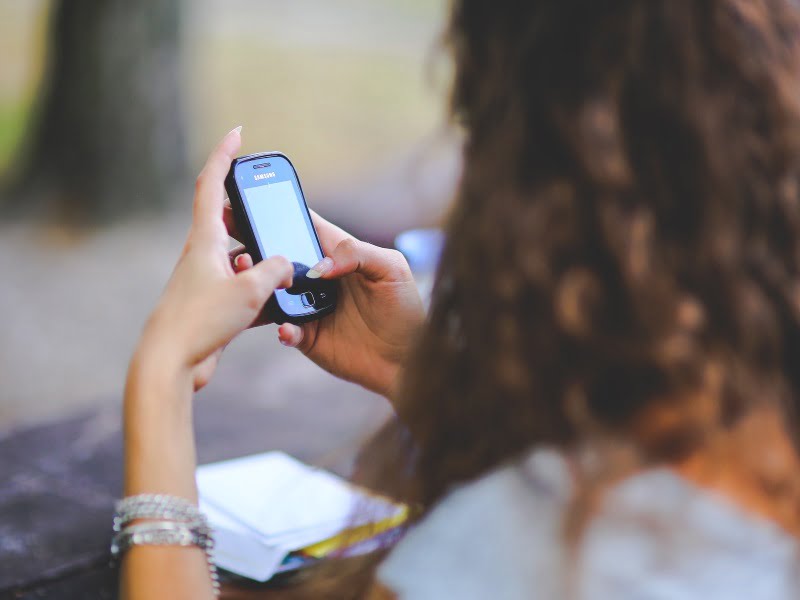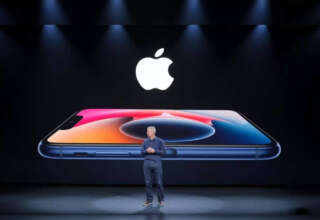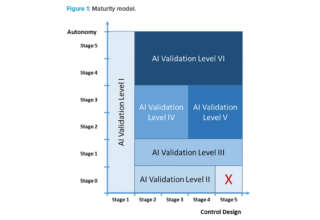
Annoyed Uber customers took to social media to vent their frustration when it came to New Year’s Eve surge prices, with some claiming that the prices take advantage of those trying to get home responsibly after drinking too much to drive themselves.
Uber essentially increases prices in times of demand, claiming that the higher prices will incentivize more drivers to offer their services during those times, which in turn makes it easier for customers to get rides. Because of this, it makes sense that at times like New Year’s Eve, the prices are far greater than other times, especially in places like New York City.
“My $60 ride turned into $251.59 on New Year’s Eve,” said Uber user Jenna Kydd on the Uber Facebook page. “I’ll be deleting this app since clearly this company feels like they can take advantage of their customers.”
Uber’s Facebook page had plenty of other comments similar to Kydd’s; however, Uber itself sent out a guide to customers with tips on how surge prices work, as well as the busiest times of the day.
Uber’s surge pricing model is in stark contrast to the traditional taxi fleet, which has rules about not increasing pricing during high demand. Because of this, in times of high demand, there is no incentive for more drivers to work, given the fact that they won’t earn more money than they would have if they drove the next night instead.
In order to adjust its prices, Uber takes advantage of real-time data, essentially seeing what the passenger-to-driver ratio is and adjusting prices accordingly. While plenty of customers complain, the argument is that they could simply wait until prices go back down to hail a ride, or they could even use a traditional taxi service.
According to a spokesperson for Uber, 84 percent of the rides between 5 p.m. on Dec. 31 and 5 a.m. on Jan. 1 had surge prices of less than three times the normal rate.
[“source-techtimes”]
